Description
What you need to set up this Pencil in Water Experiment in minutes.
You probably have all you need to set up this fascinating pencil experiment. All you need are pencils (make sure the tips are nicely sharpened), water, and a plastic zipper sandwich bag.
It’s also helpful to have a large bowl handy, just in case you don’t get this right the first time and there are leaks. Or simply do this outside or in the backyard.
YOU WILL NEED:
-
Sharpened Pencils
-
Zipper sandwich bag
-
Water
INSTRUCTIONS:
Step 1. Fill up your sandwich bag with water and seal (over the sink is recommended) Make sure it’s to the top but not so overfilled that you can’t close the seal up tightly.
Step 3. Take a sharp pencil and punch it through one side of the bag and to the other, but make sure it’s not all the way through or water will spill from one end.
Step 4. Repeat with more pencils on various areas of the bag. Take our advice and just watch the video on the post to see how, it’s seriously cool!
What’s the science behind the Pencil in a Bag Experiment?
The zipper-lock plastic bag you used was most likely made out of a polymer called low-density polyethylene (LDPE). It’s one of the most widely used packaging materials in the world. LDPE is low in cost, lightweight, durable, a barrier to moisture, and very flexible.
Think of the polyethylene molecules as long strands of freshly cooked spaghetti. The tip of the sharpened pencil can easily slip between and push apart the flexible strands of spaghetti, but the strands’ flexible property helps to form a temporary seal against the edge of the pencil. When the pencil is removed, the hole in the plastic bag remains because the polyethylene molecules were pushed aside permanently and the water leaks out.
As you might have discovered, it’s much easier for the stretched plastic to seal around the smooth sides of a round pencil than the straight edges found on other pencils. Hopefully you discovered this tip during practice and not while the bag was precariously positioned over someone’s head.
Disclaimer and Safety Precautions
Warning is hereby given that not all Project Ideas are appropriate for all individuals or in all circumstances. Implementation of any Science Project Idea should be undertaken only in appropriate settings and with appropriate parental or other supervision. Reading and following the safety precautions of all materials used in a project is the sole responsibility of each individual. For further information, consult your state’s handbook of Science Safety.
Safety
- Put on protective eyewear. Conduct the experiment on the plastic tray and in a well-ventilated area.
- Keep a bowl of water nearby during the experiment.
- Keep flammable materials and hair away from flame.
- Avoid looking directly at burning magnesium to prevent eye discomfort.
- Do not attempt to extinguish the solid fuel and magnesium — let them burn down completely. Do not touch the stove after the experiment — wait until it cools down.
- Do not allow chemicals to come into contact with the eyes or mouth.
- Keep young children, animals and those not wearing eye protection away from the experimental area.
- Store this experimental set out of reach of children under 12 years of age.
- Clean all equipment after use.
- Make sure that all containers are fully closed and properly stored after use.
- Ensure that all empty containers are disposed of properly.
- Do not use any equipment which has not been supplied with the set or recommended in the instructions for use.
- Do not replace foodstuffs in original container. Dispose of immediately.
- In case of eye contact: Wash out eye with plenty of water, holding eye open if necessary. Seek immediate medical advice.
- If swallowed: Wash out mouth with water, drink some fresh water. Do not induce vomiting. Seek immediate medical advice.
- In case of inhalation: Remove person to fresh air.
- In case of skin contact and burns: Wash affected area with plenty of water for at least 10 minutes.
- In case of doubt, seek medical advice without delay. Take the chemical and its container with you.
- In case of injury always seek medical advice.
- The incorrect use of chemicals can cause injury and damage to health. Only carry out those experiments which are listed in the instructions.
- This experimental set is for use only by children over 12 years.
- Because children’s abilities vary so much, even within age groups, supervising adults should exercise discretion as to which experiments are suitable and safe for them. The instructions should enable supervisors to assess any experiment to establish its suitability for a particular child.
- The supervising adult should discuss the warnings and safety information with the child or children before commencing the experiments. Particular attention should be paid to the safe handling of acids, alkalis and flammable liquids.
- The area surrounding the experiment should be kept clear of any obstructions and away from the storage of food. It should be well lit and ventilated and close to a water supply. A solid table with a heat resistant top should be provided
- Substances in non-reclosable packaging should be used up (completely) during the course of one experiment, i.e. after opening the package.
Disposal
Dispose of the reagents and solid waste together with household garbage.



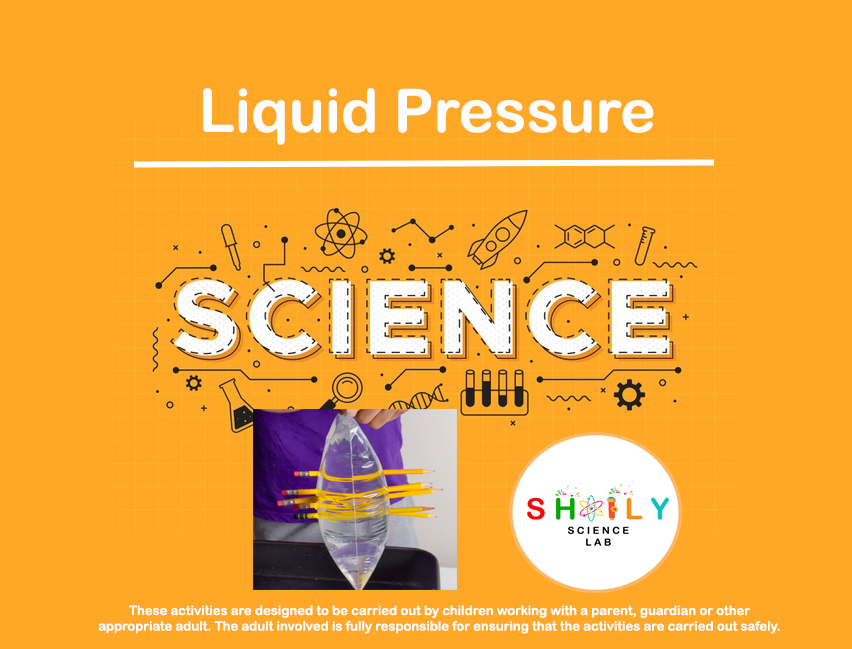
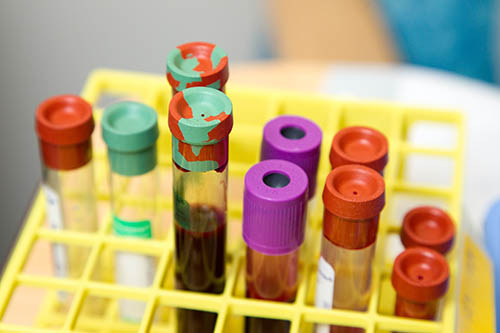
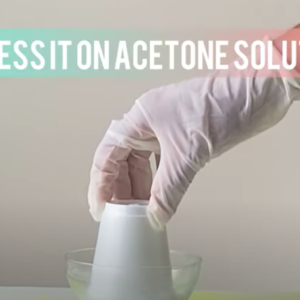
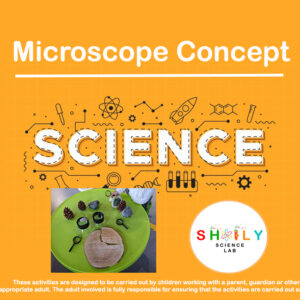
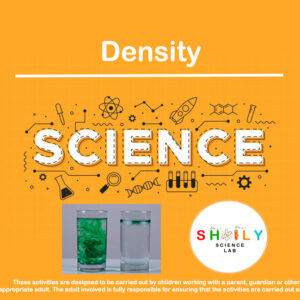
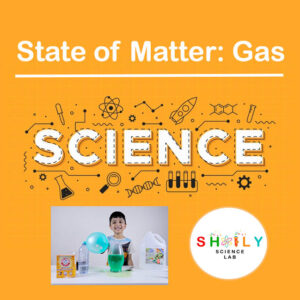
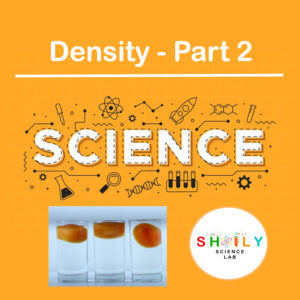
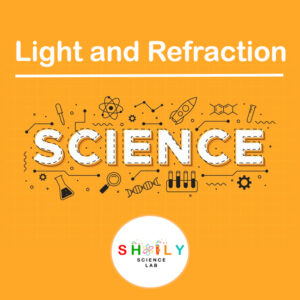
Reviews
There are no reviews yet.